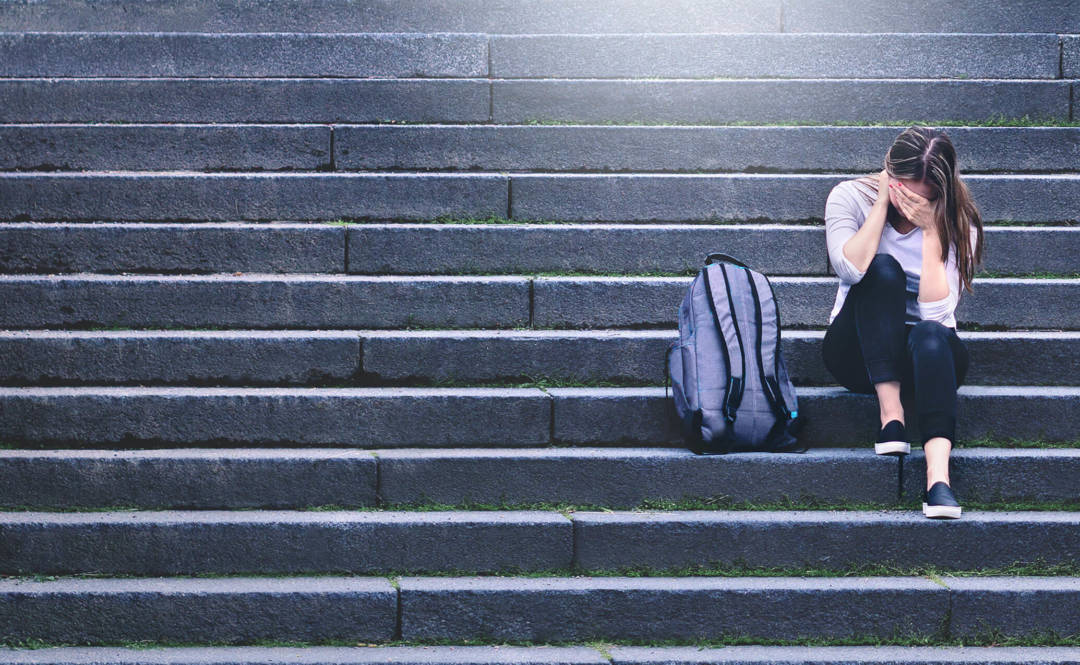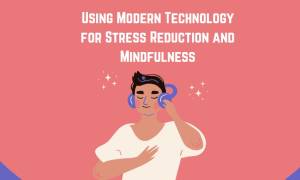We are living in a society where the most crucial yet estranging issues are microaggressions, safe spaces, and content warnings.
These issues have surrounded our college campuses and have triggered a concerning debate about the benefits of protecting the students whose minds are vulnerable, and their emotions are marginalized.
We should take some serious steps as a society for empowering all the college/university students by fighting against oppression, bias, and discrimination on any basis.
At the very least, we have to come up with ideas that guide the undermined goals of higher education, to prevent some aspects from harming the future of the students and from strengthening the democracy in our society.
It seems to be premature to discuss that if the spreading of these ideas is giving a positive or a negative impact on society. But one thing we can tell for sure that there isn’t a single person in this world who wants to live in a specific fear or anxiety.
Whether the fear is of sexual orientation, national origin, gender identity, religion, ethnicity, expression based on gender, past traumas, or any disability.
Every single person living in this world surely deserves a chance to go to college/university and have education without getting harassed, discriminated, or harmed.
However, many people think of spreading the concepts of trigger warnings, microaggression, and safe spaces as a way to promote the shaming and victimhood culture.
As this culture has torn many souls, suffocated the growth of intellectuals, resisted the free speech on campus, and made our youth less resilient emotionally.
They believe that rather than going ahead towards the path of equality, justice, and peaceful society, we are moving backward, allowing the roots of oppression and hatred to grow, resulting in the division of the society.
That is the reason why it is so important to acknowledge the complicated nature of these issues. We have the opportunity to improve this world, allowing the students from every origin to live independently, with a longlasting change.
We want them to be mentally and physically healthy so that they can deal with all the challenges of their lives. However, we have to take some bold and ingenious measures that’ll help to reach our goal.
With courage and determination, we can progress more and more on our way to create a better atmosphere for children.
Here are some details about why safe spaces and trigger warnings in universities/colleges should be a thing on campuses.
Safe Spaces:
Before going any deeper after the necessity of the safe spaces, we must know what the safe spaces mean. The safe spaces were initially established as a room for students from shared backgrounds having marginalized thoughts, including females, black and LGBTQ students.
It was set up for the students to temporarily meet and share experiences and issues within a private environment. However, as the world is evolving day by day, the definition of safe spaces has also been changing.
It transformed from a temporary meeting area to permanent quarters for students belonging to the same cultural backgrounds.
Nowadays, in colleges, safe spaces are the places or residential halls that are a part of the National Safe Place Network where students can go in case of any emergency.
Once you go to your designated safe place, you’ll receive immediate assistance from their staff and will provide you every kind of guidance and support related to your problem.
There is also a place known as a brave space, which is slightly different from a safe space. It is a zone where you have freedom of speech.
Students from any background are provided a comfortable environment in which they are felt protected, discussing their views, sharing their thoughts, expressing their opinions, and challenging others without any fear.
The ground rule of the brave space is to be respectful and not to take anything personally.
Trigger Warnings:
Some professors define trigger warnings as an emergency or an alert. It is anything from the course material, either the book, presentation, video, or discussion, which is found emotionally stressful by the student.
Many students face issues understanding the material within the class, struggle in acknowledging for the exams, and end up getting bad grades destroying their mental health.
It is also known as the content warning. Trigger warnings are to warn the students that there will be a sort of content ahead which will have words, graphic images, and reference related to things like:
- Physical or sexual abuse
- Racial violence or other forms of brutality
- Racist, sexist, or homophobic ideas
- Suicide or self-harm
- Eating disorders
Some professors tend to remove the cautious topics out of their course as some students get triggered easily from emotional trauma.
Mostly personal and intellectual growth happens when a person engages himself with uncomfortable subjects. Teaching sensitive students can prevent other students from gaining full learning experience.
Effects on Students:
One of the highly charged feelings is the one where you have been triggered. It is the feeling of being provoked or attacked by something or someone you don’t want to interact with, at any part of your day.
It is sometimes frightening and an uncomfortable feeling, which for avoiding the potential triggers, the longer it is going to effects your fears and traumas, which are glued to your soul.
The students who run out of the situation where they are being victimized are most likely to undergo the same disappointment for the rest of their lives.
Recognition of your subjective feeling is the necessity for success, and it should not reflect reality.
Effects on Freedom of Speech:
Freedom of speech is suppressed by people, whether on campus or in the professional world. If people find anything offensive or triggering their views, they declared it as a form of violence. That’s why many students and even professors don’t talk about such controversial issues due to the fear of reprisals.
Due to the effects on students and freedom of speech, safe spaces are a necessity in this fast-moving world of socially challenged people.














